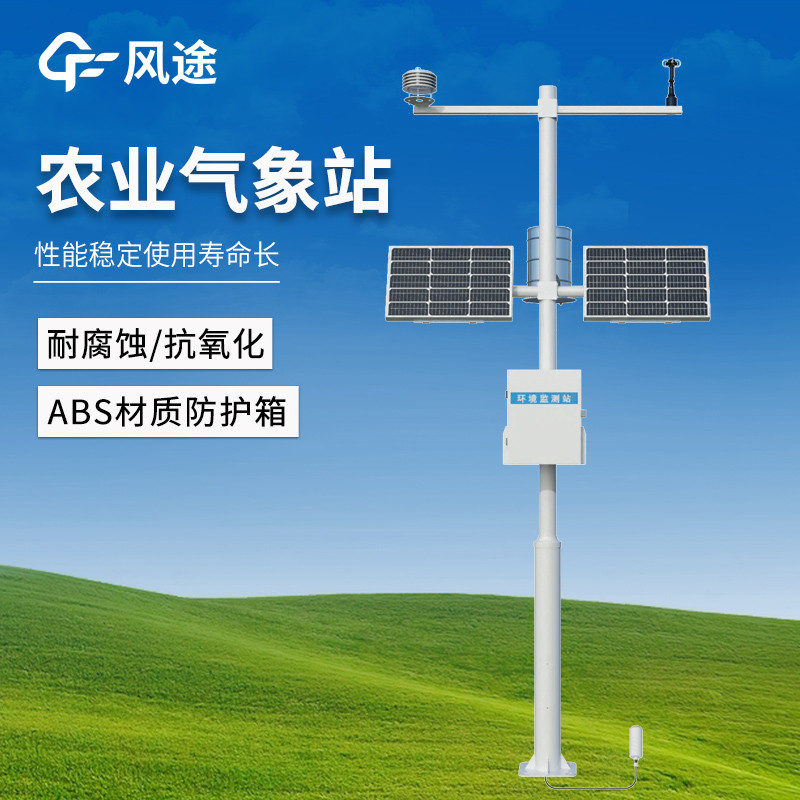The field microclimate, also known as the farmland microclimate, refers to the small-scale climatic environment formed between the ground air layer, soil layer and crop community in the farmland due to the interaction of physical processes and biological processes. It mainly includes agricultural meteorological elements such as radiation, air temperature and humidity, wind, carbon dioxide, as well as soil temperature and humidity. Don't underestimate this small climatic world, for it is a key environmental condition for the growth, development and yield formation of crops.
The population structures of different crops vary, and the characteristics of light energy distribution, air temperature and humidity, wind speed and soil temperature and humidity among plants are different from those of the bare land. For example, corn plants are tall and have broad leaves, so its field microclimate is quite different from that of the short and compact soybean field. Moreover, the field microclimate will also change in different growth periods of crops. In the seedling stage, the plants are short and sparse, and the microclimate is close to that of the bare land; in the full growth stage, the plants are luxuriant, and the microclimate characteristics will change significantly. Therefore, the study of field microclimate is of positive significance for crop meteorological identification, development of agricultural climate resources, evaluation of the effect of farmland technical measures, prediction and control of plant diseases and insect pests, prevention of agricultural meteorological disasters, as well as monitoring and improvement of the farmland environment.
So how to accurately grasp the changes of field microclimate? This is inseparable from Agricultural meteorological stations. Agricultural meteorological stations are devices that can automatically observe and store meteorological observation data, and their main functions are to monitor the data changes of meteorological elements such as wind, temperature, humidity, air pressure, grass temperature, as well as soil water content in real time.
Ordinary Agricultural meteorological stations are mainly composed of sensors, collectors, system power supplies, communication interfaces and peripheral equipment. Sensors are the key to obtaining meteorological data, and different types of sensors obtain corresponding meteorological factors. For example, temperature and humidity sensors are responsible for measuring air temperature and humidity, and wind speed and direction sensors monitor wind speed and direction. The collector summarizes, processes and stores the data collected by the sensor. The system power supply provides energy guarantee for the operation of the whole meteorological station. The communication interface realizes the transmission of data, so that the data can be delivered to users in time.
In practical application, the continuous monitoring of field meteorological elements can provide farmers with timely and accurate meteorological information. When it is monitored that the temperature drops sharply and frost may occur, an early warning can be issued in advance, so that farmers have time to take measures such as covering and irrigating to protect crops from freezing damage. According to the soil humidity data, farmers can reasonably arrange irrigation to avoid waste of water resources and ensure that crops have sufficient water for growth. The light intensity data helps farmers adjust the planting density and crop layout, make full use of light energy, promote crop photosynthesis, and improve yield and quality.

Article address:https://www.sqqx.net/en/news/672.html

 +86 15898932201
+86 15898932201



